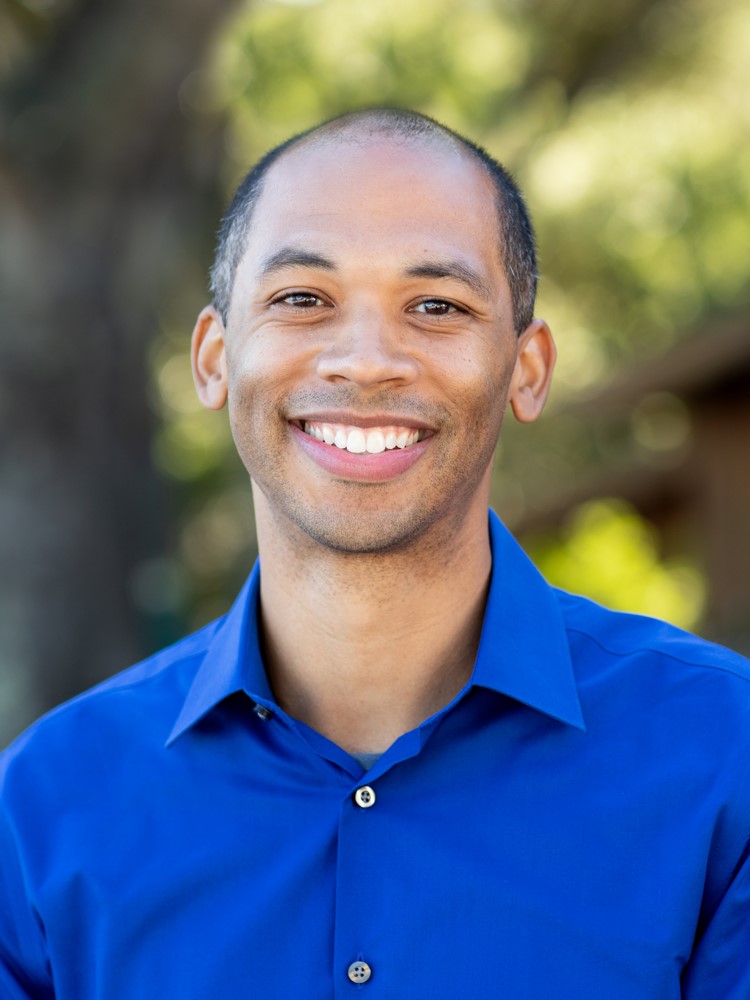July 13, 2022
As a native-born U.S. citizen working in the movement for immigrant justice, I often reflect on what brought me to this work out of the many social justice issues that demand our attention. Navigating the immigration system alongside my wife who immigrated from Albania to pursue her dreams of a better future opened my eyes to the complex and often challenging immigrant experience in America.
